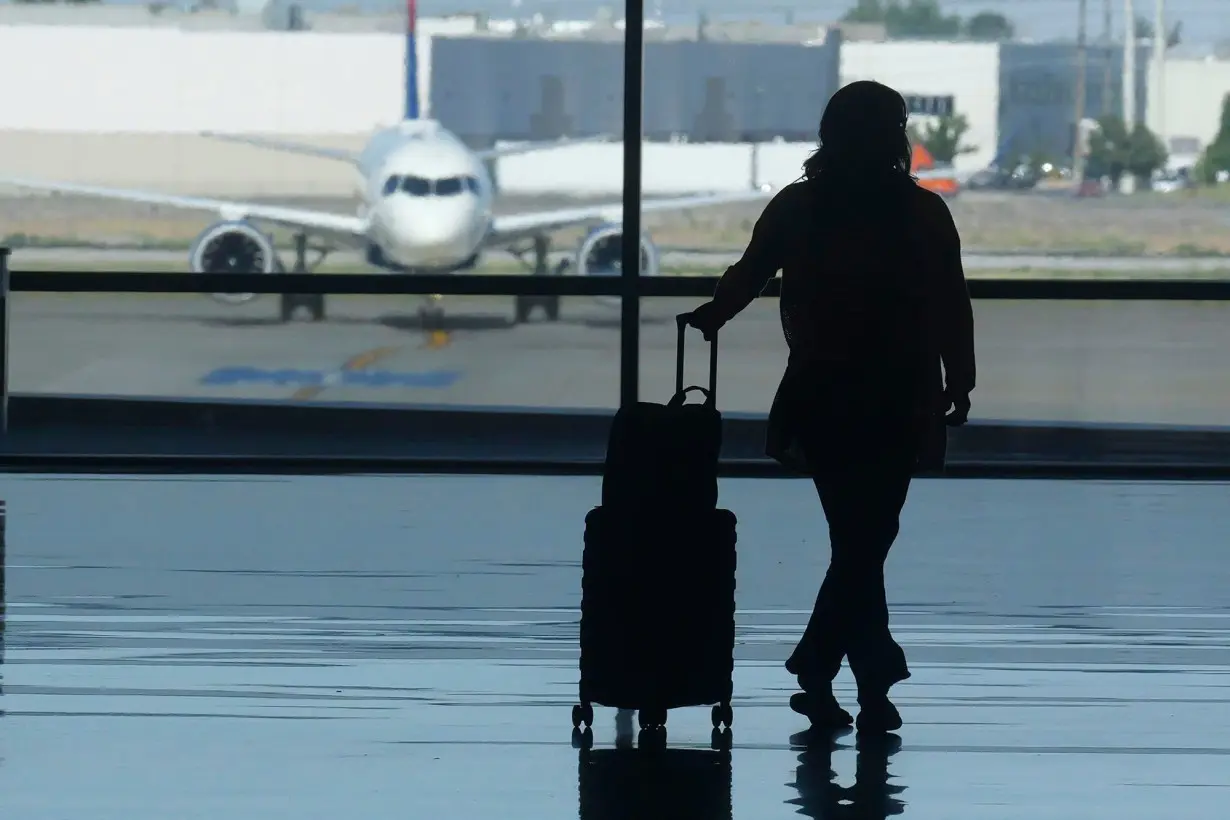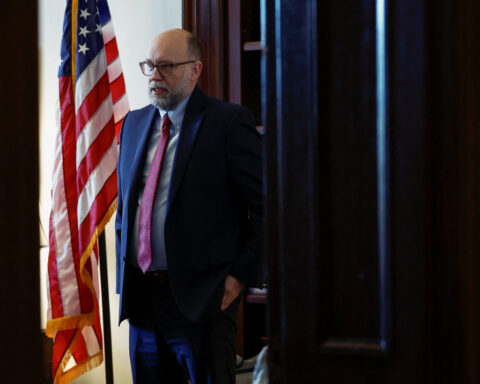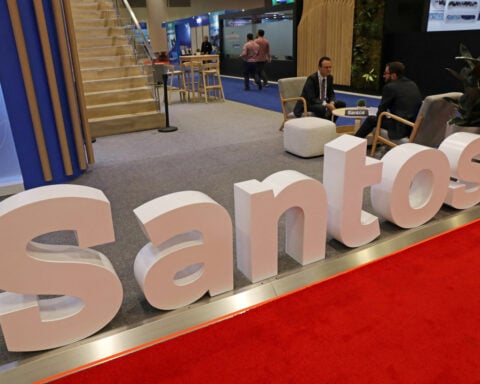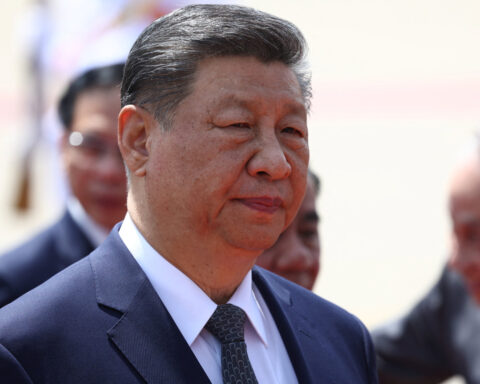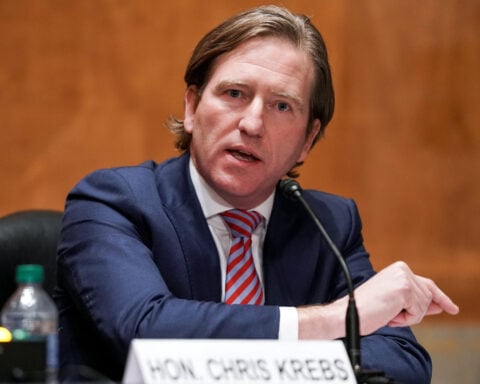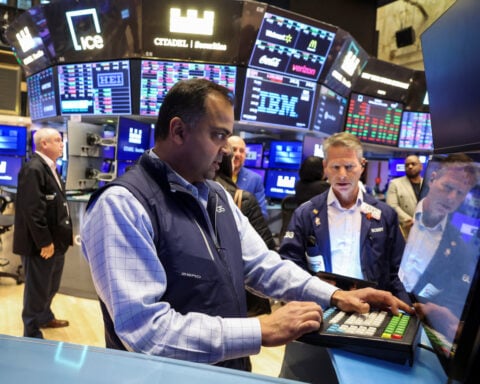New York (CNN) — Buying this week’s groceries or paying for a full tank of gas with a credit card might contribute more to the profits of the airline industry than buying a one-way ticket.
That’s because frequent flyer programs have become a crucial part of the airline industry’s profitability. And that’s due to the billions of dollars banks and credit card issuers pay to buy bulk miles from airlines to reward and entice cardholders to make purchases with their cards.
The typical airline passenger probably never thinks about the economics of frequent flyer programs, but the programs have become crucial for airlines to generate the profits needed to stay afloat. And loyalty programs have also caught the attention of federal regulators because of the central role they play in air travel today.
Last year, Delta Air Lines received $6.8 billion in revenue from American Express on its co-branded Delta Amex card. American Airlines reported revenue of $5.2 billion from co-branded cards and other partnerships. United reported a mere $3.2 billion on its other operating line that came primarily on payments to its frequent flyer program. And when considering the adjusted incomes of 2023 for Delta ($4 billion) American ($1.9 billion) and United ($3.3 billion), it’s easy to understand why the major carriers rely so heavily on frequent flyer programs.
“The airlines’ frequent flyer programs are their lifeblood; they’re the reason the airlines are in business,” said Zach Griff, senior aviation reporter for The Points Guy, a travel site that closely follows the programs.
Of course, the windfall from selling miles to credit card companies isn’t pure profit for the airlines. The airlines do end up providing flights for those miles. But the profit margin on that part of the business is about 50%, according to Tom Fitzgerald, airline analyst for TD Cowen.
“In an industry where overall profit margins in the high single digits in a good year is a considered a home run, it’s massive,” he said.
DOT, Congress eye programs
Frequent flyer programs are also an important way for airlines to encourage travel and build customer loyalty in what has long been a highly competitive marketplace.
But it’s also coming under new scrutiny. On Thursday, the Department of Transportation announced it would launch an investigation into the programs to ensure consumers are treated fairly.
“Frequent flyer miles and credit card rewards have become such a meaningful part of our economy that many Americans view their rewards points balances as part of their savings,” said Transportation Secretary Pete Buttigieg in a statement announcing the probe. “These programs bring real value to consumers, with families often counting on airline rewards to fund a vacation or to pay for a trip to visit loved ones. But unlike a traditional savings account, these rewards are controlled by a company that can unilaterally change their value. Our goal is to ensure consumers are getting the value that was promised to them, which means validating that these programs are transparent and fair.”
In addition, Congress has considered legislation that could cap the fees credit card companies demand of merchants who accept their cards. Such restrictions could reduce what credit card issuers are able to pay for miles in order to offer the rewards. United CEO Scott Kirby predicted in a call with investors last October that such legislation “would kill rewards programs. They would not exist anymore.”
The major airlines have largely been mum about the programs and their profitability, only referencing them in their filings and public statements. But on Thursday, industry trade group Airlines for America defended the programs.
“Millions of people enjoy being a part of various loyalty programs,” the group said in a statement. “Policymakers should ensure that consumers can continue to be offered these important benefits.”
Are they good for passengers?
The programs are generally good deals for consumers, even if they are better deals for the airlines themselves, said Griff of The Points Guy. But that’s as long as consumers pay off their credit cards and don’t end up paying high interest rates on the purchases that allowed them to accumulate those miles.
Consumers should also be cautious they’re not being overcharged in their number of miles when they choose between buying a ticket with cash or with miles. For the most part, the value of the mile is only 1.2 cents or 1.3 cents, Griff said. So a $400 plane ticket should cost about 33,000 miles. If the airline is charging significantly more miles for a ticket, it might be best to save the miles for a different flight. The Points Guy has a calculator to compare the two ways to purchase a ticket.
Back during the height of the pandemic, when air travel grounded nearly to a halt and airlines were desperate for cash, the revenue airlines were getting from credit cards became a true lifeline. Most US airlines sold bonds to raise cash, bonds that were backed with the promise to be paid back with banks and credit cards’ payments for miles. The bonds put an estimated value of the frequent flyer programs far above the value of the airlines themselves, suggesting investors had estimated the airlines’ actual operations — planes, crews, gates and flights — were worth less than $0.
But it’s probably inaccurate to say frequent flyer programs are more valuable than the airlines themselves since actual flights give the programs their intrinsic value, said Andrew Didora, airline analyst with Bank of America.
“It’s very difficult to separate out the value of the programs and the value of the rest of the airline,” he said. “They can’t exist without each other. They go hand in hand.”
But Didora said it is clear frequent flyer programs are vital to the economics of running an airline — not just for the direct profits they bring in, but also for how they attract and keep customers.
“They’re called ‘loyalty programs’ for a reason,” Didora said.
The-CNN-Wire
™ & © 2024 Cable News Network, Inc., a Warner Bros. Discovery Company. All rights reserved.

 Trump has begun another trade war. Here's a timeline of how we got here
Trump has begun another trade war. Here's a timeline of how we got here
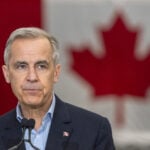 Canada's leader laments lost friendship with US in town that sheltered stranded Americans after 9/11
Canada's leader laments lost friendship with US in town that sheltered stranded Americans after 9/11
 Chinese EV giant BYD's fourth-quarter profit leaps 73%
Chinese EV giant BYD's fourth-quarter profit leaps 73%
 You're an American in another land? Prepare to talk about the why and how of Trump 2.0
You're an American in another land? Prepare to talk about the why and how of Trump 2.0
 Chalk talk: Star power, top teams and No. 5 seeds headline the women's March Madness Sweet 16
Chalk talk: Star power, top teams and No. 5 seeds headline the women's March Madness Sweet 16
 Purdue returns to Sweet 16 with 76-62 win over McNeese in March Madness
Purdue returns to Sweet 16 with 76-62 win over McNeese in March Madness
